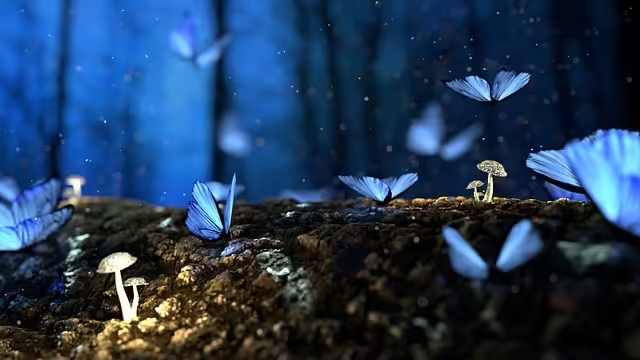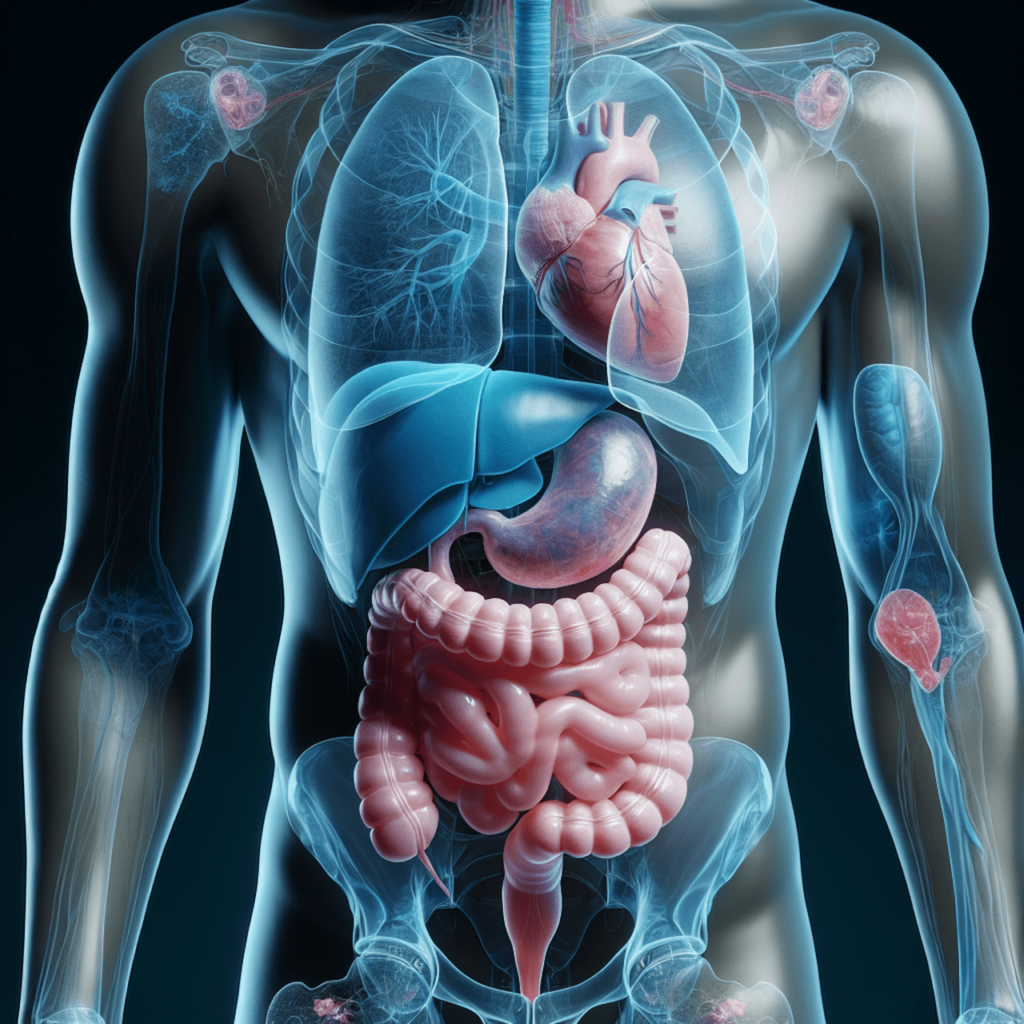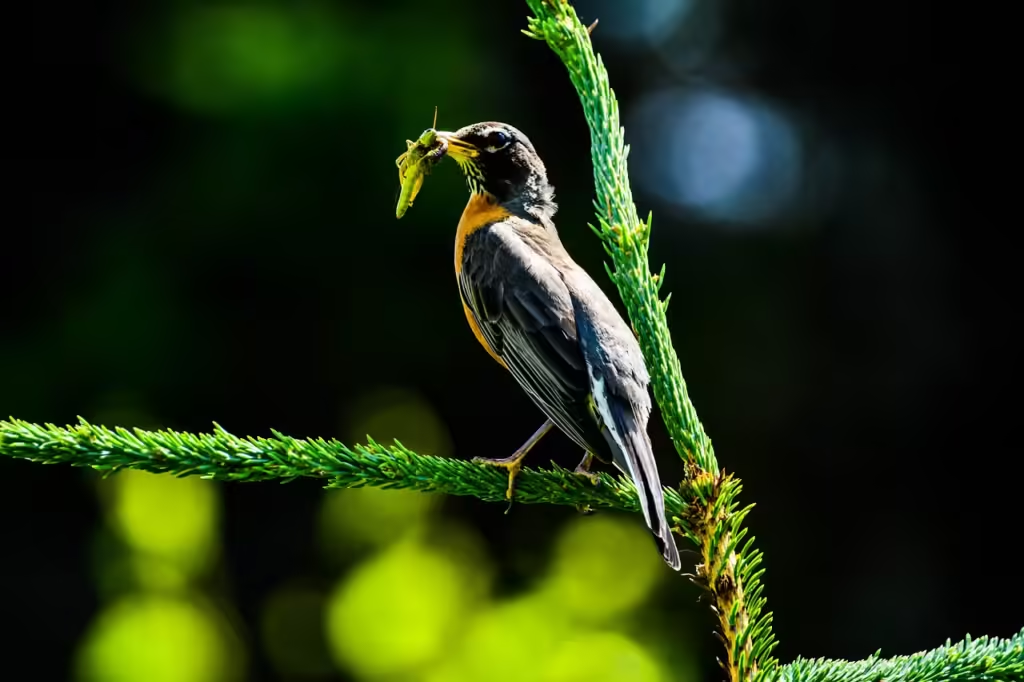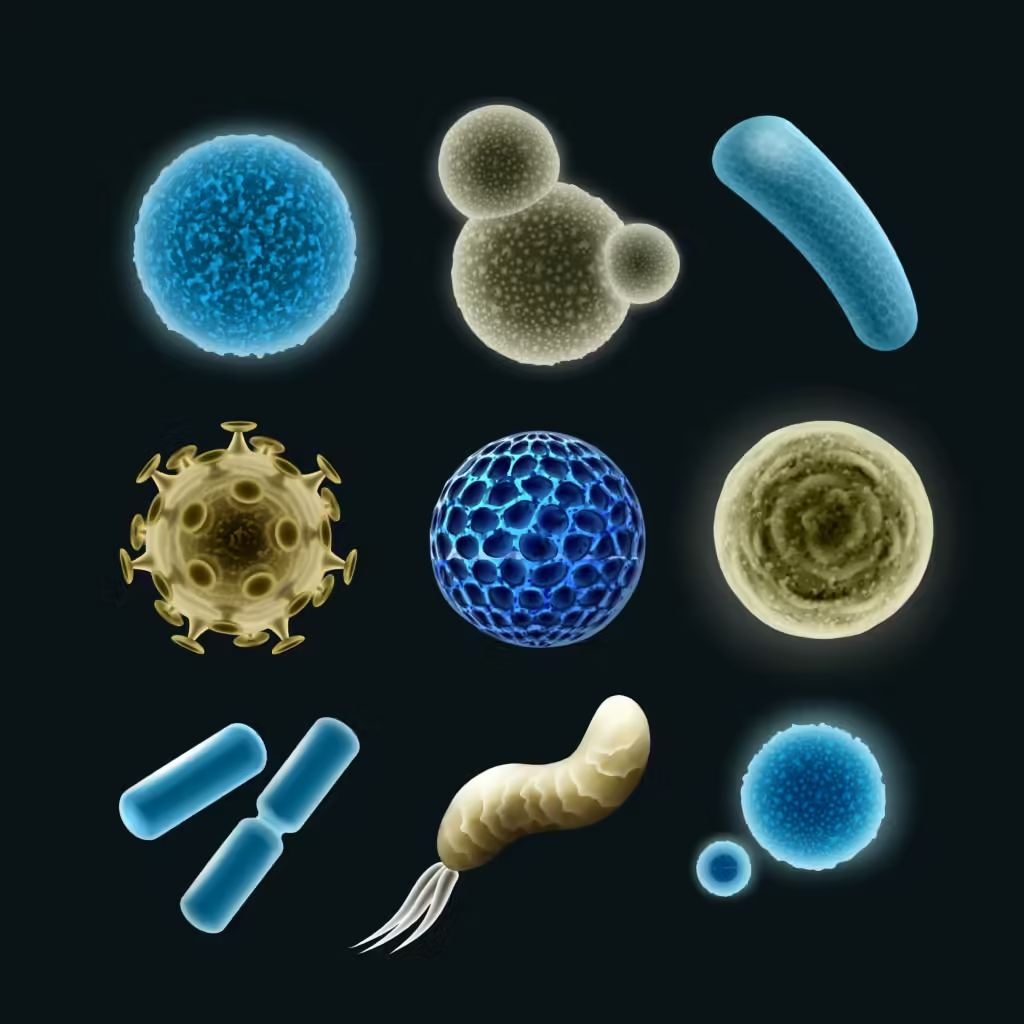Section-1 The nature and variety of living organisms

Learning “The Nature and Variety of Living Organisms” in IGCSE Biology is vital for understanding the diversity and complexity of life on Earth. This lesson helps students appreciate the unique characteristics and adaptations of different organisms, fostering a deeper respect for biodiversity. It equips learners with classification skills, essential for organizing and studying living things systematically.
Revision-1 QP
Revision-1 MS
Revision-2 QP
Revision-2 MS
Revision-3 QP
Revision-3 MS
Section-2 Structures and functions in living organisms

The topic “Structures and Functions in Living Organisms” explores the organization of life from cells to entire systems. It examines the structure and function of key cellular components such as the nucleus, cytoplasm, mitochondria, and chloroplasts, explaining their roles in essential processes like respiration and photosynthesis. Students learn about levels of organization, including cells, tissues, organs, and systems, and their interdependence in maintaining life. This topic also emphasizes processes like movement, sensitivity, growth, and homeostasis, providing a strong foundation for understanding biological systems and their role in sustaining life.
Revision-1 QP
Revision-1 MS
Revision-2 QP
Revision-2 MS
Revision-3 QP
Revision-3 MS
Section 3-Reproduction & inheritance

Understanding reproduction and inheritance is essential for grasping how life perpetuates and traits pass from one generation to the next. This topic explains the mechanisms of sexual and asexual reproduction, enabling insights into genetic diversity and species survival. Learning about inheritance helps us understand genetic disorders, hereditary traits, and advancements in fields like genetic engineering and medicine. It also fosters awareness about ethical issues surrounding genetics, promoting informed decisions about health, family planning, and biodiversity conservation.
Revision-1 QP
Revision-1 MS
Revision-2 QP
Revision-2 MS
Revision-3 QP
Revision-3 MS
Section-4 Ecology and the environment

The topic “Ecology and the Environment” explores the relationships between living organisms and their surroundings. It examines ecosystems, food chains, and food webs, emphasizing energy flow and nutrient cycles. Students learn about factors affecting populations, biodiversity, and adaptations to different habitats. The topic also highlights human impacts, such as deforestation, pollution, and climate change, and their consequences on ecosystems.
Revision-1 QP
Revision-1 MS
Revision-2 QP
Revision-2 MS
Revision-3 QP
Revision-3 MS
Section-5 Use of biological resources

The topic “Use of Biological Resources” focuses on how humans utilize living organisms and biological systems to meet diverse needs, ensuring sustainable development. It explores selective breeding and genetic modification to enhance crop yields, improve livestock traits, and produce plants resistant to pests and diseases. Biotechnology applications, such as using microorganisms in food production, fermentation, and medicine (e.g., antibiotics and insulin), are also studied. The topic examines modern agricultural practices, including hydroponics and fish farming, to maximize efficiency while minimizing environmental impact. It highlights the importance of balancing resource use with conservation efforts, ensuring long-term sustainability.
Revision-1 QP
Revision-1 MS
Revision-2 QP
Revision-2 MS
Revision-3 QP
Revision-3 MS
Required
